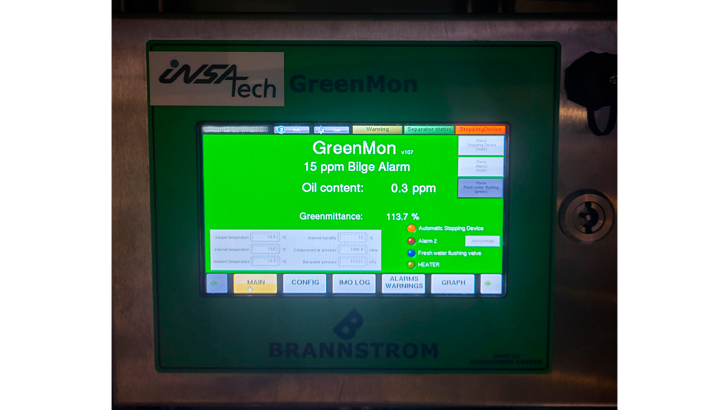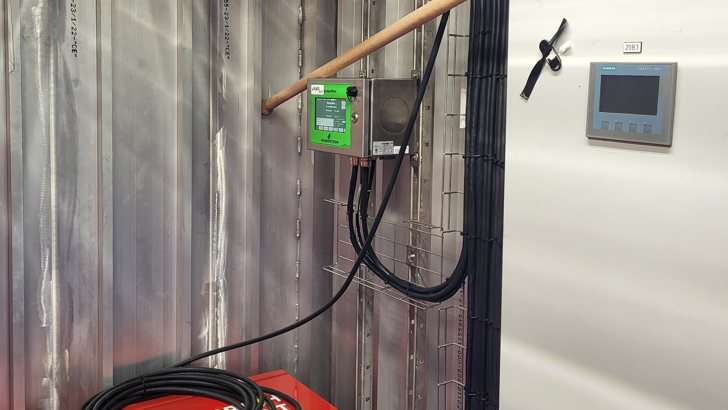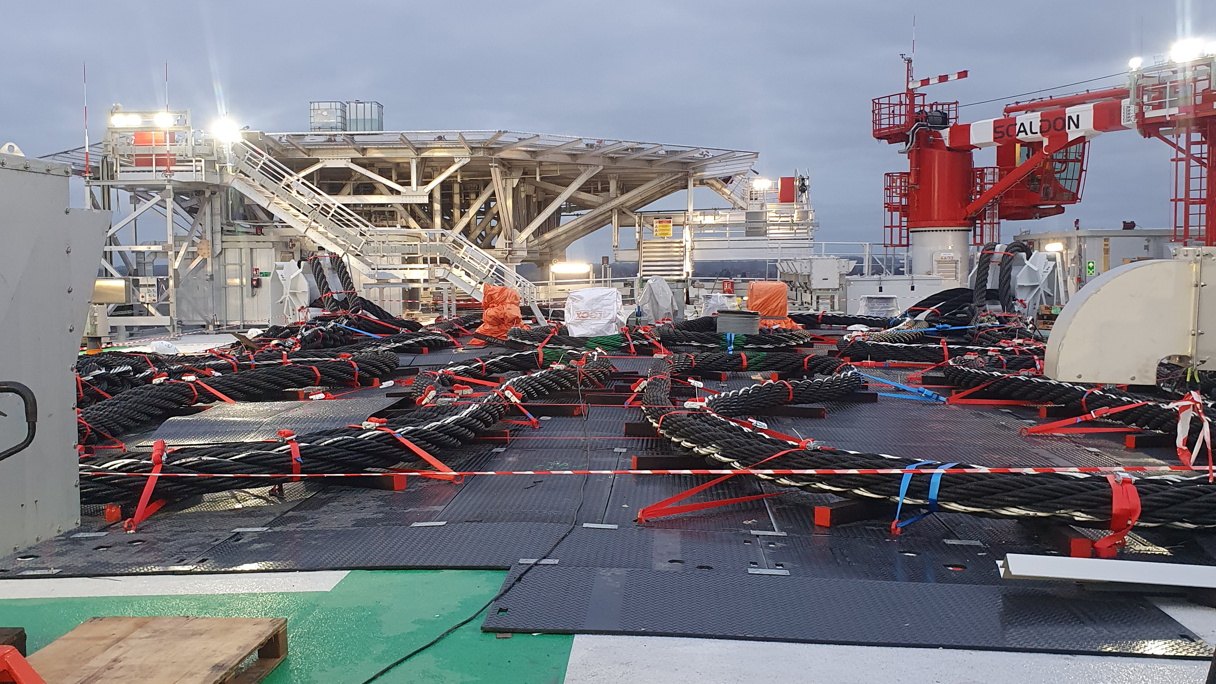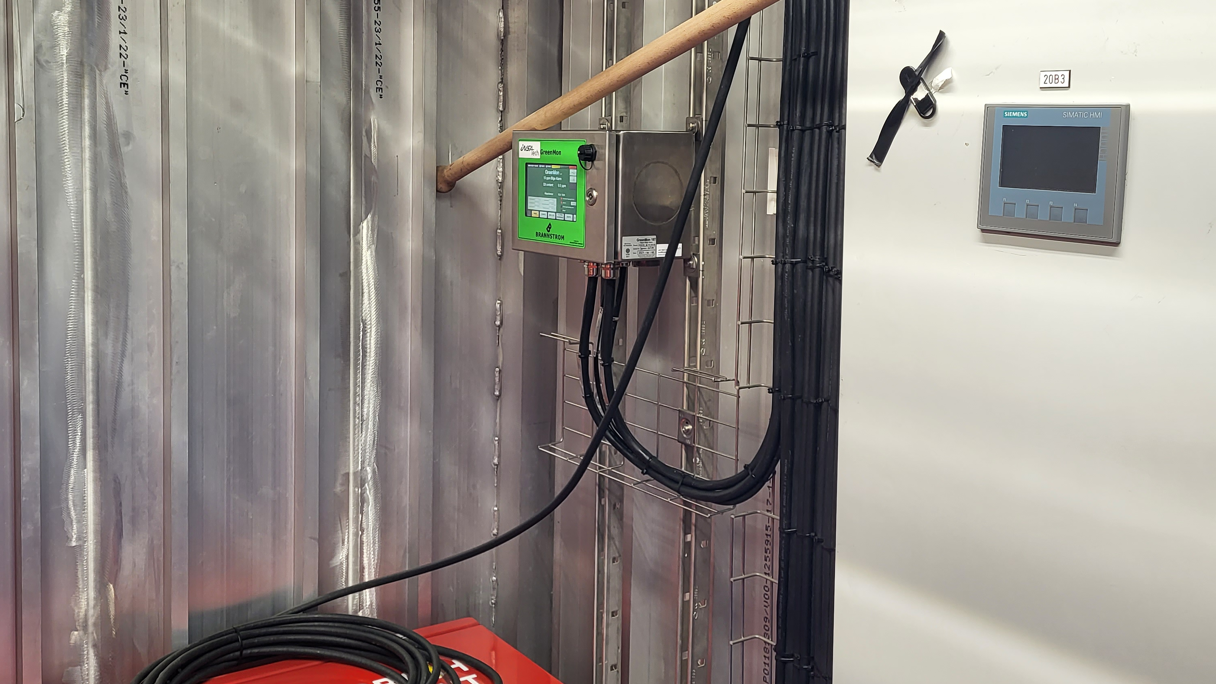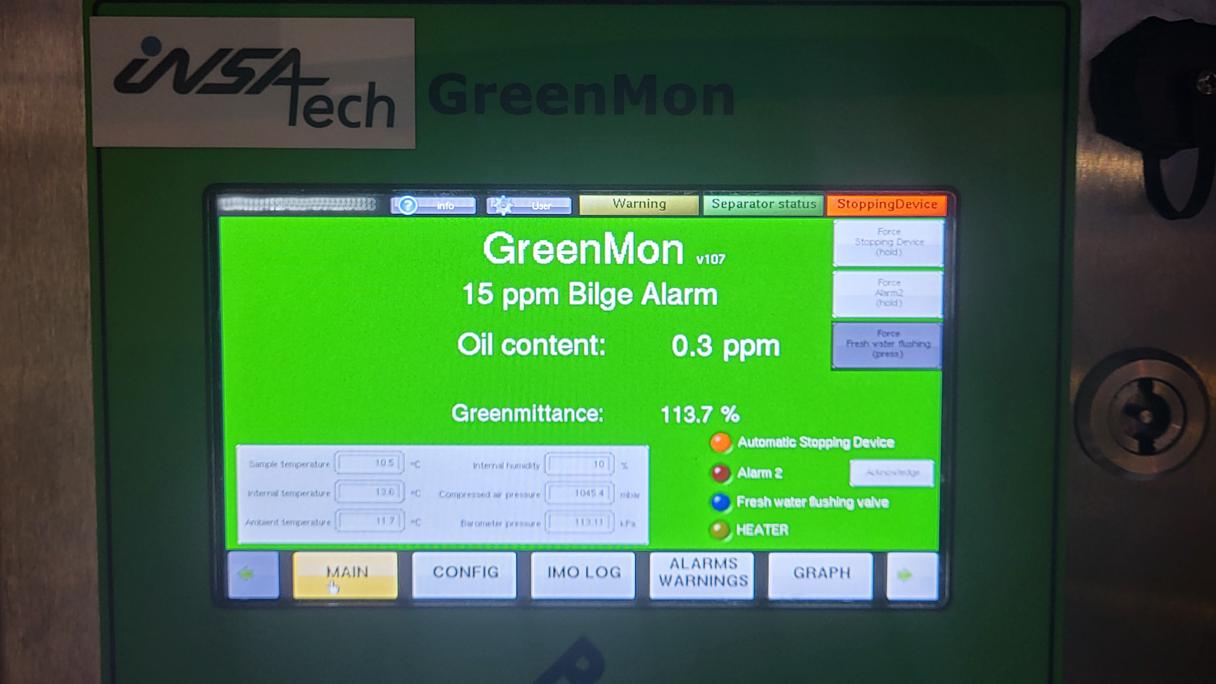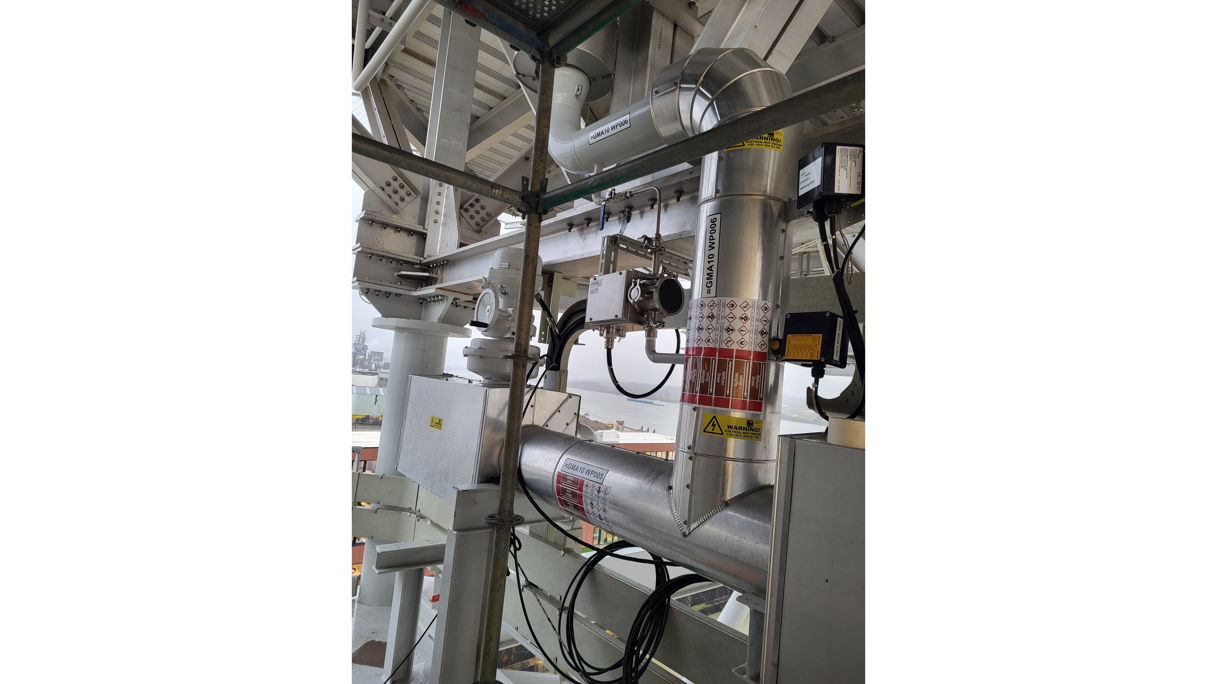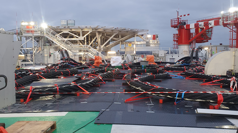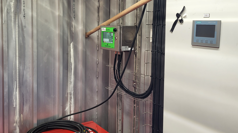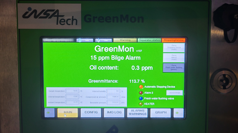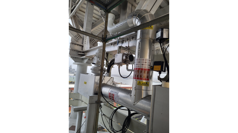Wind parks are connected via an offshore transformer station, which transports the power through a land-based cable. Storms and heavy rain make it difficult to avoid accumulations of sewage water on the platform. To meet the IMO standards and ensure that contaminated water is not discharged, we have helped several of our customers with an IMO-approved solution from Brannstrom.
An expensive affair
At the transformer station, rain, drain, and sewage water are separated from oil and often collected in a tank. When the tank is full, the water is pumped on board a ship that sails and pumps the water ashore, where it is cleaned and discharged or delivered to a wastewater plant.
Even though this process often is coordinated so the ship has other tasks while picking up the water tank, it is an expensive affair since it involves around 10-20 cubic meters of sewage water. In addition, periods with powerful storms and large amounts of rain result in a quickly filled tank, and in the worst case an undocumented amount of sewage water will be discharged over the edge of the transformer station, which is associated with huge fines and costs for calculations of the extent of the overflow.

